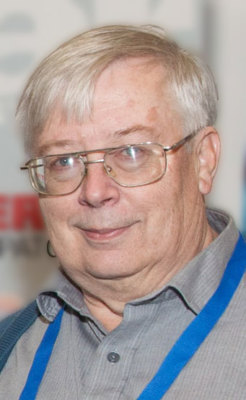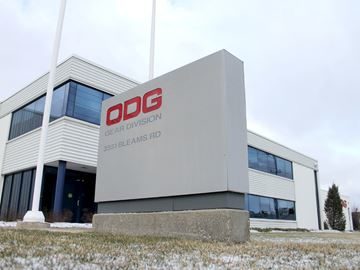E.T. Hone Home
October 22, 2024


 Tustin, Michigan.[/caption]
No small part of this is thanks to my wife, Paula, who has stood beside me through all the moves and strife, and probably knows as many people in this industry as do I. We now spend our time, when not working, at our home in St Augustine, Florida and our cottage in Tustin, Michigan. It doesn’t get much better.
Tustin, Michigan.[/caption]
No small part of this is thanks to my wife, Paula, who has stood beside me through all the moves and strife, and probably knows as many people in this industry as do I. We now spend our time, when not working, at our home in St Augustine, Florida and our cottage in Tustin, Michigan. It doesn’t get much better.